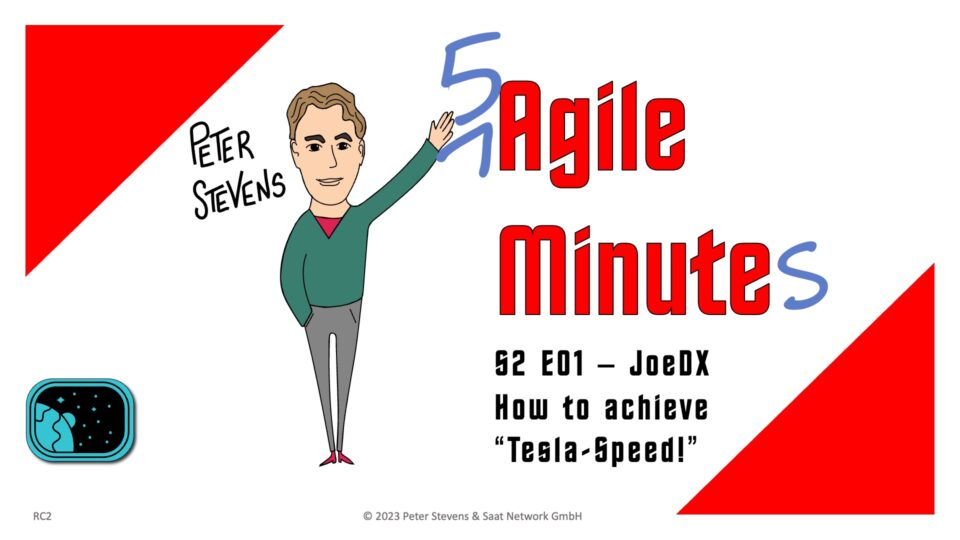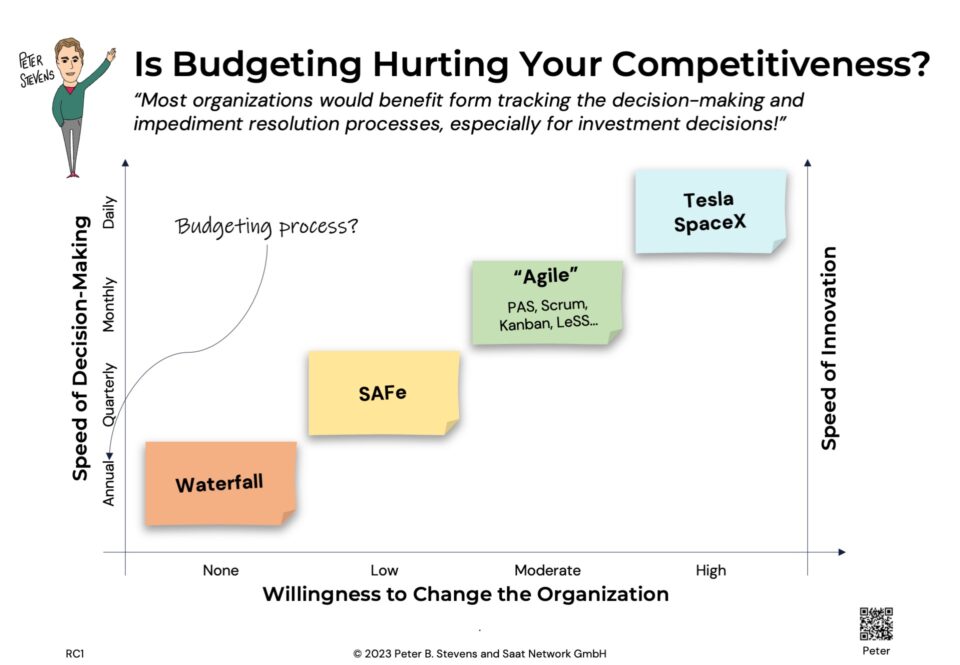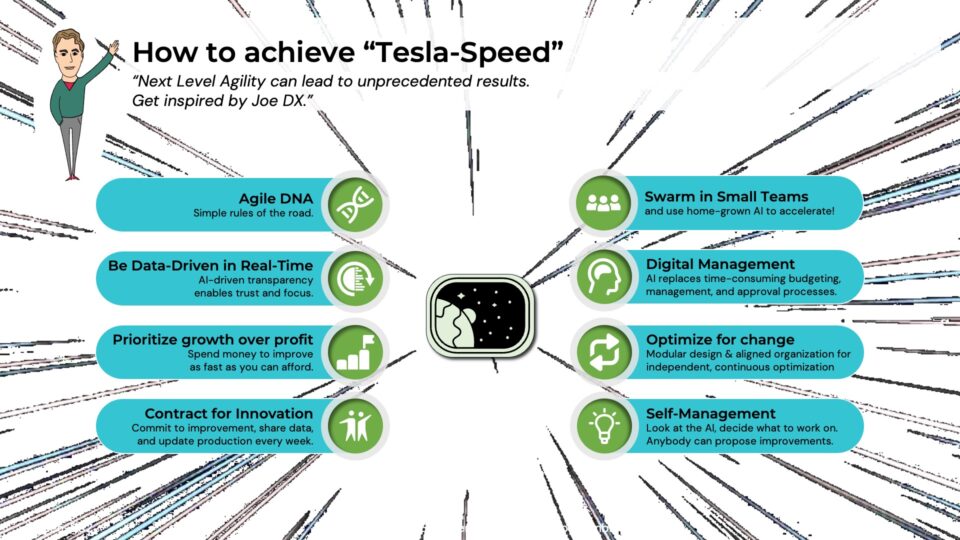Call for Participation: Product Owner Camp Switzerland #POCampCH
06-07-2014XM Principle 8: Continuously Deployed Development
08-07-2014WIKISPEED has team members contributing in 20+ different countries, any time of the day, with variable availability. How does they produce a cohesive, salient product? The answer has two parts, the first part is about engineering practices, and the second about how to scale.
At the engineering level, Extreme Manufacturing employs Continuous Integration Development (CID) to run their test suite frequently (see principle 3, Test Driven Development). Continuously Deployed Development (see principle 8) ensures a tight collaboration between product creation and product manufacturing, so the goal of never being more than 7 days from releasing an improved product can be achieved.
Continuous Integration Development (CID) ensures that the test suite is automated as much as practical, so that every time a team member sends in an updated design, an extensive test suite is run automatically.
Every time a team member uploads a new 3d drawing to DropBox, Box.net, Windows SkyDrive, or any of the file sharing technologies in use, WIKISPEED run tests. WIKISPEED can simulate crash tests and stress tests on the part using FEA (Finite Element Analysis) and a software package like LS Dyna or AMPStech. WIKISPEED can simulate airflow, aerodynamics, fluid flow, heat transfer, and electrical propagation using CFD (Computational Fluid Dynamics).
These tests can be run automatically whenever a new CAD shows up, and write out a 1 page report with a list of red or green lights. Green lights mean the test is same or better than the current version, or passes an explicit test for that part or module.
In this way, team members from all over the world can simultaneously contribute in parallel with very different ideas for improvements to each module. And it’s easy to know what the current best part is; the version of record is whatever part in CAD has passed all tests with the most green lights.
WIKISPEED includes tests for simplicity and low cost, along with user ergonomics, maintainability, manufacturability, and conformance to interface(s) of the module they are a part of.
Next: XM Principle 8: Continuously Deployed Development
The 10 Principles of Extreme Manufacturing
After an unexpectedly long break, I am now finishing up the series on Extreme Manufacturing! This post was written by Joe Justice and Peter Stevens.




